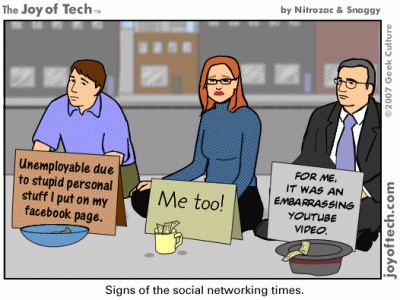This decision was inevitable. For an Obama administration that professes to favor transparency in governance, lifting the ban on media images of soldiers’ coffins returning to Dover Air Force Base from Iraq and Afghanistan was a no-brainer. But even for the Bush administration, the ban was the most apparent example of two deeply conflicted modes of media management: secrecy at home and guided exposure abroad.
But even for the Bush administration, the ban was the most apparent example of two deeply conflicted modes of media management: secrecy at home and guided exposure abroad.
Of course, like many of the media management tactics that administration employed, the policy itself pre-dates George W. Bush’s arrival in D.C. The ban was put into place during his father’s tenure in the White House, but was never fully enforced until the invasion of Afghanistan in 2001. For journalists already accustomed to the notoriously secretive ways of the second Bush administration, it was no surprise that they would deny access to such politically powerful images. Many of Bush’s advisors, including Dick Cheney and Donald Rumsfeld, felt strongly that images of soldiers’ coffins had turned public opinion against the Vietnam War and hoped to avoid a similar result in the current conflicts. Less than a year into Bush’s first term and already known for their ability to shape media storylines with a vice-like grip on information (starkly contrasting the leaky Clinton White House), the administration officials surprised no one by restricting access.
Nonetheless, from the Pentagon’s perspective, the increased enforcement of the ban on such images marked a reversal of a larger trend. I have written elsewhere about the history of media-military relations, but, in short, military officials felt that journalists had far too much free reign in the conflicts of Vietnam and, much more recently, Somalia. Such independence, they believed, had led to largely negative coverage. In an impulsive leap to the other extreme, the Pentagon stowed journalists in pressrooms in Kuwait during the first Gulf War – an arrangement reporters and media outlets bitterly decried. For the 2003 invasion of Iraq (and to a limited extent in Afghanistan), the Pentagon introduced its controversial media embedding program, allowing journalists to attach themselves to units.
Importantly, this strategy was the exact opposite of their domestic media strategy. Rather than block media access altogether, they gave the press in-depth access to soldiers and military units, while at the same time, successfully steering them away from covering the consequences of the invasion for the civilian population. Though the embedding program was as successful a media management tactic as the secrecy in D.C., it did not breed the same sort of resentment in journalists as it provided them with fascinating (albeit one-sided) coverage. For this reason, it was the better strategy: shape the coverage, but leave them happy.
In some ways, we should question why the Bush administration didn’t reform the soldier coffin ban themselves, employing the lessons of their international media strategy with the domestic press. Rather than blocking images (which only generated more interest from the press), why didn’t the administration encourage the Pentagon to arrange sessions with vetted pro-invasion military families who would speak of the importance of the sacrifice their son or daughter made? Perhaps, they feel the image of dead Americans on U.S. soil would simply unpalatable to the American public. Returning to the current administration, the question for the future will be whether they are ushering in a legitimate age of transparency and broader media access, or if they’ve simply learned a lesson about savvy media management from their predecessors.





 Many of us post to Facebook, perhaps unaware of what can happen to that content and who has rights to it. All of this came to a head a few days ago, as Facebook’s new terms of service (TOS) came to light and were met with a range of reactions from
Many of us post to Facebook, perhaps unaware of what can happen to that content and who has rights to it. All of this came to a head a few days ago, as Facebook’s new terms of service (TOS) came to light and were met with a range of reactions from 